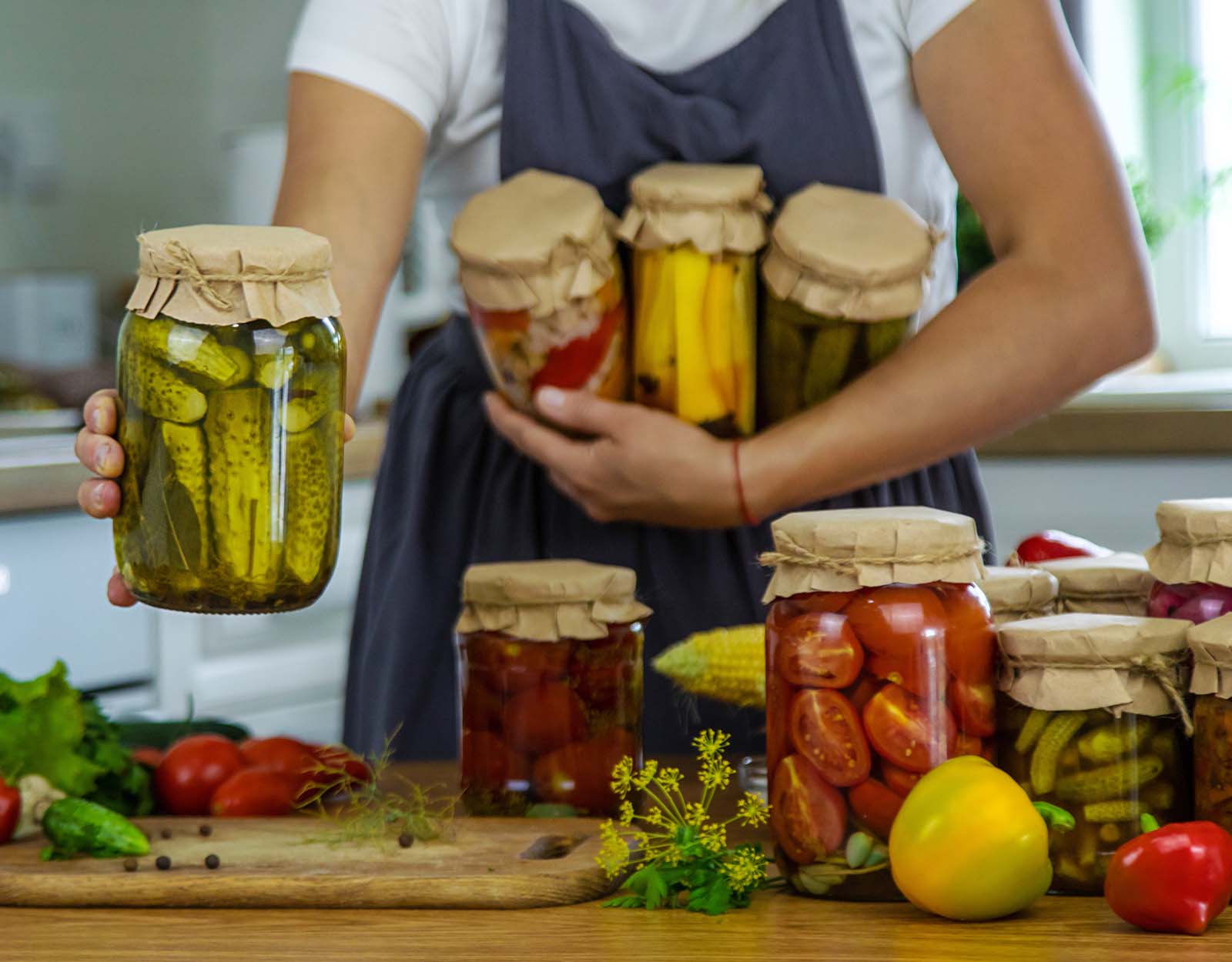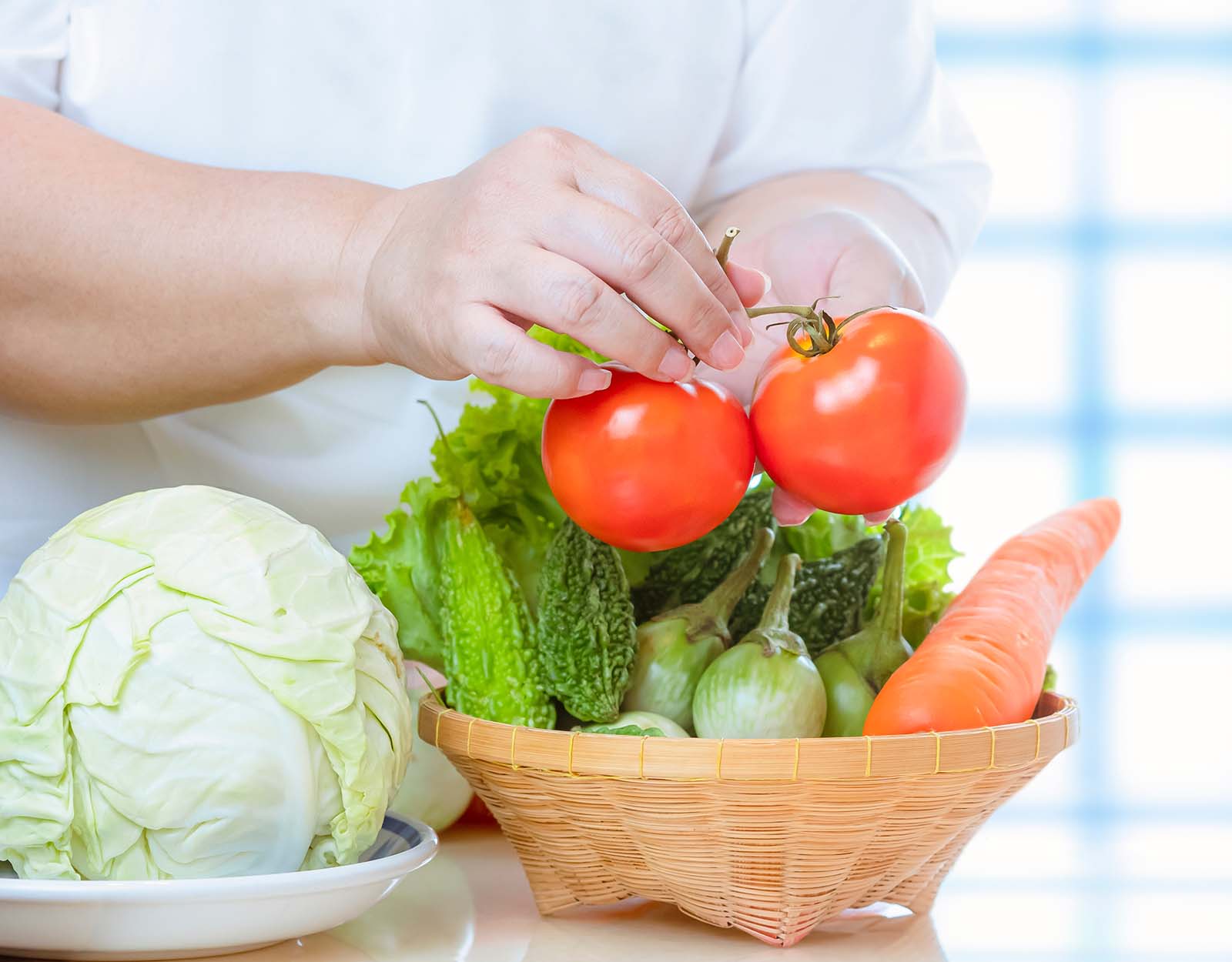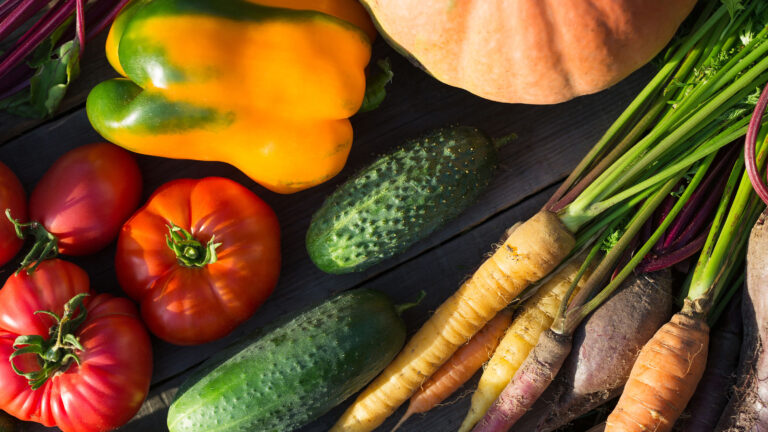Kitchen
A Colorful Plate: How to Make Vegetables Last Longer at Home
One of the challenges we parents face is figuring out how to keep vegetables fresh for a long time!
Although refrigerators are there to keep our vegetables fresh, some variants tend to wilt faster than others. Leafy green vegetables, as much as we want to include them for our daily dose of folate and iron, tend to wilt and shrivel up after a few days even when in the fridge. Meanwhile, juicy ingredients like tomatoes, because of the fridge’s and the fruit’s moisture, are prone to mold!
Here are some ways we can extend our fruits and vegetable’s shelf-lives.

1. Pickling
Pickling is a culinary process of preserving vegetables and even meat in a brine or solution made from vinegar, salt, sugar, and water. After melting the sugar and salt into the vinegar and water solution, let it cool before pouring it into an air-tight jar filled with thinly sliced vegetables. Chinese cuisine often pickles radish, Germans pickle cabbage for sauerkraut, and in the Philippines, it’s how we make atsara or achara—or simply, pickled green papaya and a medley of other vegetables.
The best part about pickling is that the acidity of the vinegar helps break down oils and fat, making them a good sauce or pairing for grilled dishes like Inihaw na Liempo or deep-fried ones like the beloved pulutan Chicharong Bulaklak and Boneless Bangus.
Ingredients for pickling
- Vinegar
- Salt
- Sugar
- Water
Tips
- While the usual ratio of water to vinegar is 1:1, that can change depending on how sour we’d like it to be.
- Unlike meat marinades, we can reuse the pickling solution for a new batch so long as we cook it again with the new ingredients.
- Other vegetables worth pickling include lasona (Philippine shallots), cucumber, cabbage, and even carrots. Make sure they’re thinly sliced so they “cook” all the way through.
- To add more spice to the brine, feel free to add whole cloves of garlic, sliced chili, and black peppercorns.
- Feel free to switch it up by changing the agents. White vinegar may be the usual but Apple Cider Vinegar, Mirin (Rice Vinegar), Sinamak (Philippine Spiced Vinegar), or Red Wine Vinegar can offer different kinds of acidity. Muscovado is a healthier replacement for sugar.
- Some recommend using Monkfruit Sugar or Stevia as a sugar-free alternative but it may affect the flavor profile.
2. Freezing
Because some vegetables are better bought in bulk, we keep them frozen in the freezer to extend their shelf-life. Pumpkin, especially for furparents, is more cost-efficient when we buy the whole thing instead in the usual quarters in the market because we don’t have to keep going back to buy a new one. By freezing a pumpkin and thawing it out a bit after, it’s also easier to skin and prepare since it’ll be softer!
Other vegetables worth freezing include tomatoes, cauliflower, broccoli, and even cucumbers. Some even blanch or boil for 10 seconds the tomatoes, cauliflowers, and broccoli in water so it’s soft enough for the kids to eat when we’re ready to cook.
3. Fermenting
Although pickling and fermenting look the same, fermenting doesn’t use vinegar. Instead, it relies on salt and water to preserve them. The taste also comes from the “good bacteria” which the vinegar usually kills in the pickling process. Unfortunately, unlike the pickling process, this one takes a bit longer. While pickling usually finishes in 2-3 hours, fermented vegetables are best enjoyed after 3 days or so.
Ingredients for Fermenting
- Water
- Salt
- Spices (optional)
Tips
- This is also how Korean moms and grandmothers make kimchi! Their fermenting mix usually includes gochugaru (the red chili pepper flakes), sugar, fish sauce (patis), ginger, garlic, and spring onions. But before they ferment the vegetables, they often soak them first in salt and water to kill the bad bacteria.
- When fermenting, keep the vegetables away from the sunlight. The light will kill the good bacteria, leaving your fermented veggies without their lactobacilli.
- Fermentation usually has a build-up of gas in the jar so a light tap on the top or bottom of the jar can help let it out. Don’t let the gas build up otherwise, the jar may explode.
- Glass jars are preferred because they don’t have pores, unlike plastic.
4. Drying or dehydrating
Spices like basil, rosemary, and thyme, fruits like tomatoes, and vegetables like onion, garlic leaves, and even cabbage help preserve their flavors. But at the same time, when boiled in water, they release a delicious umami flavor to serve as a base for soups and sauces. While there’s something called a dehydrator, we can do it with an oven or a hot skillet too! Keep the cooking temperature below 100 degrees Celsius so that the veggies, fruits, or spices won’t burn.
Some people also speed up the process by adding some salt to extract the moisture.
5. Brining
Brining is boiling vegetables or fruits in a brine which is just a mixture of salt and water. The salt preserves the vegetable and fights off the bacteria while the water keeps these vegetables juicy. Some people use brining also to preserve mushrooms like Black Fungus (or Tenga ng Daga) or Shitake Mushrooms to make a meaty plant-based broth for later.
6. Leaving them exposed in the fridge
We keep our vegetables in containers to keep the mess to a minimum but that also cuts their shelf-lives short. Most especially leafy vegetables, they wilt when moisture starts to build up in their containers. We suggest keeping them in an open container to prevent moisture from building up and causing the leaves to deteriorate. Others opted for wrapping them in newspaper but that’s difficult to clean up when they soak up the water.
7. Syrups
Although this is more for preserving fruits, people have been creating their own syrups by burying fruit slices in sugar. The sugar then extracts the moisture which contains the flavor of the fruits and they use this for their desserts. To make a syrup, the amount of sugar should be equal to the amount of fruit and then placed in an air-tight jar.

Vegetables don’t always keep for very long!
Although we want our kids to eat more vegetables, it’s either too time-consuming and tiring to prepare and clean or only a few restaurants cook them right. But that’s why eating healthy and more vegetables is more of an investment: by eating healthy, we spend less on medicines or time in the hospital. We’ll have more time to enjoy raising our families, without the worry of knowing what’s in their food.
And who knows? If we perfect the concoction, some of us may want to try getting into the food business too!
More food and recipes?
Eggcellente! Egg Recipes Kids Will Enjoy & Are Easy to Make
Easy Copycat Recipes of Your Favorite Japanese Restaurant Dishes
Delicious Leftover Lechon Recipes To Spice Up The Dinner Table





